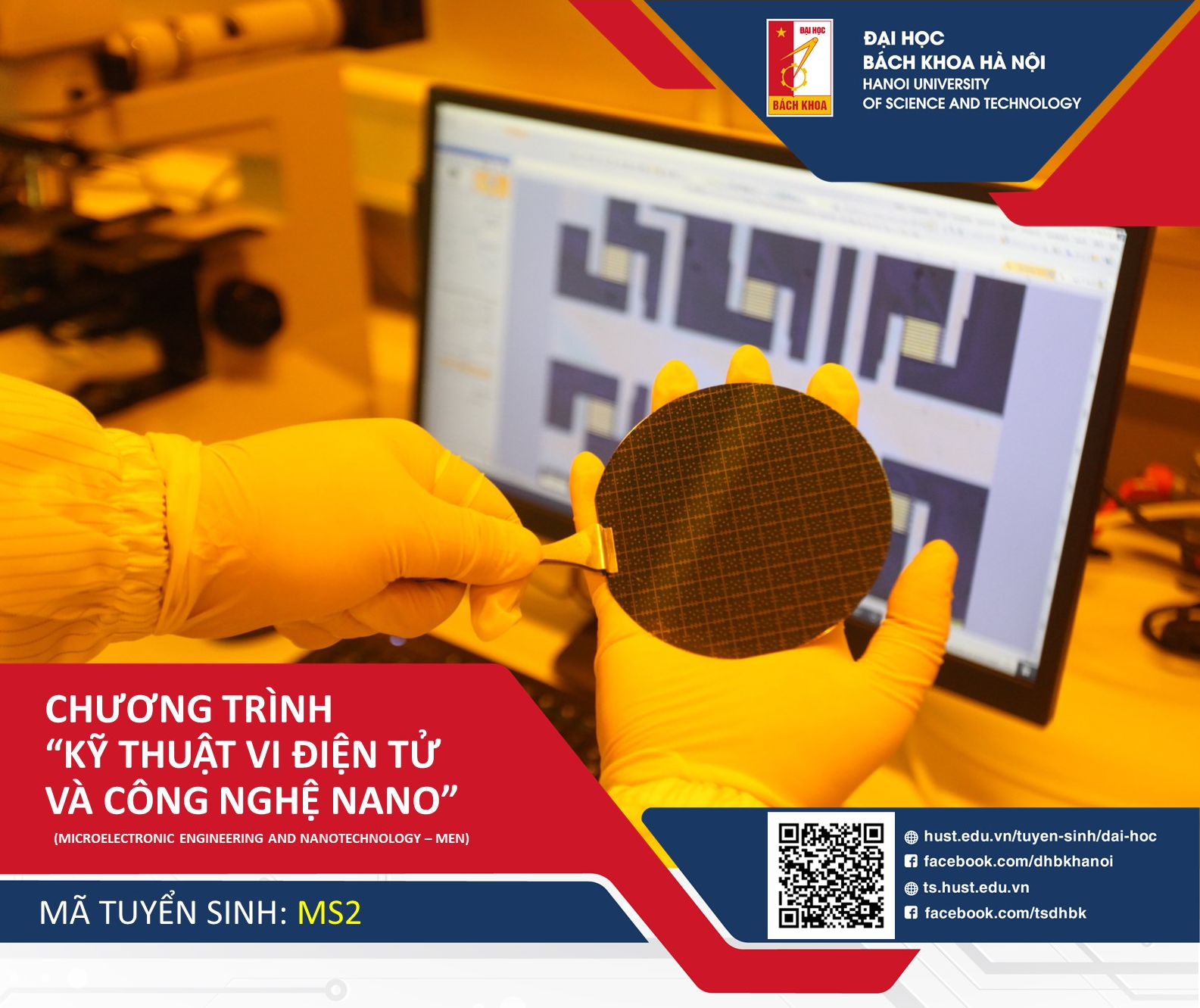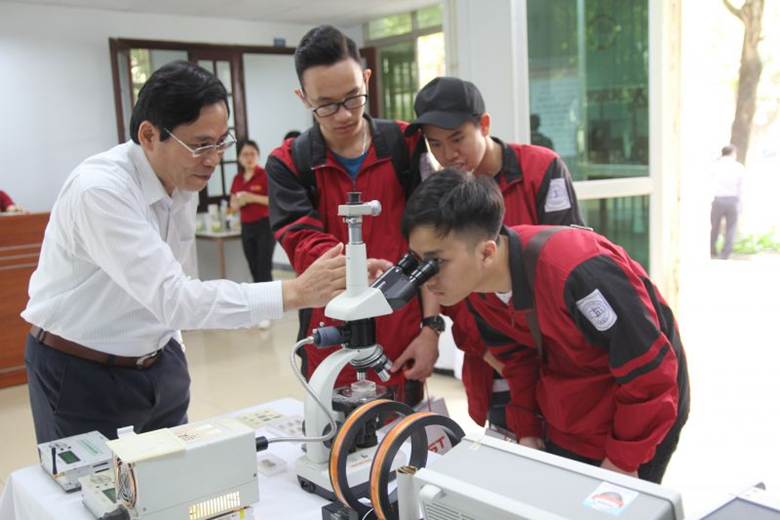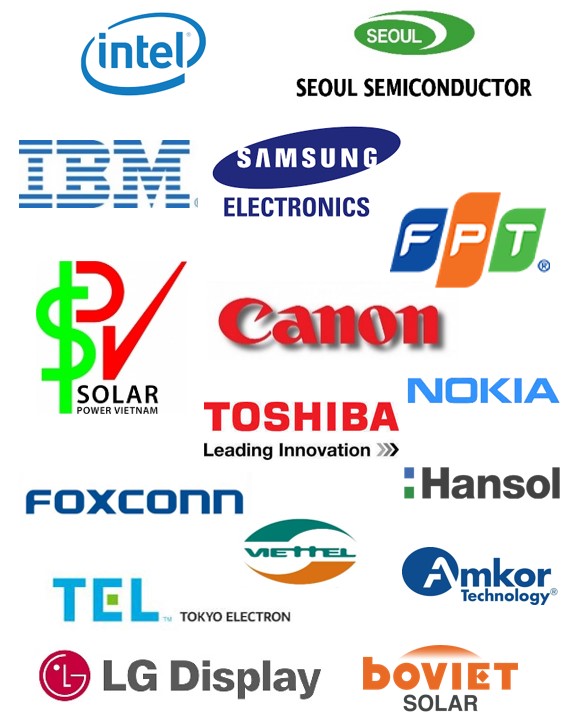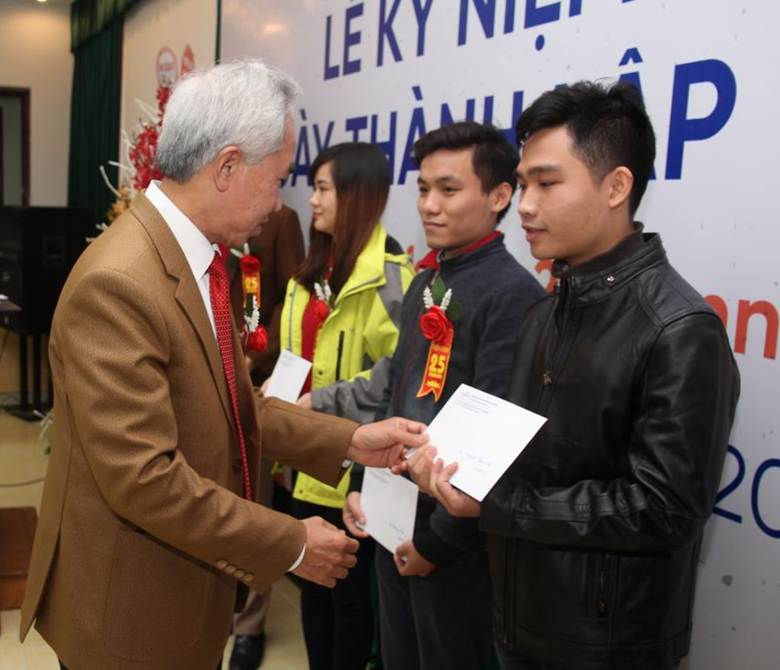MICROELECTRONICS AND NANOTECHNOLOGY ENGINEERING PROGRAM (MS2)
Major: Microelectronic Engineering and Nanotechnology – MEN
Admission Code: MS2
Admission Combinations: A00; A01; D07; K00 (TSA), K01 [Math (3), Literature (1), Physics/Chemistry/Biology/Informatics (2)]
Expected Enrollment in 2025: 180
Previous Admission Scores:
National High School Exam: 26.18 (2023), 27.64 (2024)
TSA Test: 63.66 (2023), 71.68 (2024)
PROGRAM OVERVIEW
You may be familiar with electronic devices such as smartphones or computers in daily life. But did you know that microchips are the “brain” of nearly all of these electronic devices—and are constantly being improved thanks to advancements in nanotechnology? Microchips are also the hallmark of the field of microelectronics and semiconductors.
With Vietnam’s national strategy focusing on the development of the semiconductor industry, and strong investments from major corporations like Samsung, Amkor, LG, and Qualcomm, there are vast career opportunities. The demand for highly qualified personnel in microelectronics and semiconductors is growing rapidly—especially engineers specialized in the design, fabrication, and development of advanced microelectronic components.
If you're wondering what to study to become a pioneer in the semiconductor workforce, the answer is: Microelectronic Engineering and Nanotechnology, a major under the Department of Electronic Materials and Devices, School of Materials Science and Engineering, Hanoi University of Science and Technology (HUST).
WHAT IS MICROELECTRONIC ENGINEERING AND NANOTECHNOLOGY?
- Microelectronic Engineering: Involves the design, planning, and manufacturing of integrated circuits (ICs) and electronic components using semiconductor technologies, thin-film technology, and ultra-clean processing.
- Nanotechnology: Involves the development of materials and components at the nanometer scale to enhance miniaturization, integration density, and the performance of electronic and photonic devices.
- Microelectronic Engineering and Nanotechnology: Focuses on the large-scale development and manufacturing of high-performance integrated circuits, hybrid chips, IoT components, solar cells, LED chips, fuel cells, and other advanced electronic devices.
Unlike traditional electronic engineers, engineers in this field specialize in complex microelectronic devices such as microchips, microsensors, integrated circuits, processors, batteries, and solar cells.
WHAT WILL YOU LEARN IN THE MEN PROGRAM AT HUST?
Students majoring in Microelectronic Engineering and Nanotechnology at HUST will be equipped with:
- Knowledge of material properties and fabrication processes for microelectronic devices, circuit design, embedded systems and programming, control systems, sensors, and the Internet of Things (IoT).
- Skills to use specialized software and tools for device design and simulation.
- Practical knowledge of cleanroom technology, thin-film processing, semiconductor packaging, and device calibration.
- Project planning and problem-solving skills, English communication proficiency, and adaptability to a global working environment.
CAREER OPPORTUNITIES
Graduates will be well-positioned to work as:
- IC and semiconductor device design engineers
- Fabrication and production line engineers
- Research and development (R&D) engineers
- Electronics manufacturing and operation engineers
- Product quality control engineers
Employment opportunities include leading corporations and manufacturers such as:
- Samsung Electronics
- LG Electronics
- Amkor Technology Vietnam
- Solar cell manufacturers (e.g., Boway-Boviet)
- Canon, Vinfast, Sein, Qualcomm, SK Hynix, Texas Instruments, etc.
- Seoul Semiconductor (LED and chip fabrication)
Graduates may also pursue higher education and research careers at universities and institutes in Vietnam and abroad.
WHY CHOOSE THIS PROGRAM AT HUST?
The MEN program is taught by highly qualified faculty with international training and experience, supported by Vietnam’s most advanced Microelectronics Laboratory. Students will:
- Study in a dynamic and international environment
- Participate in research and project work from the first year
- Intern with industry partners during their studies
- Have opportunities for exchange programs abroad
- Be eligible for generous scholarships, including:
- Merit scholarships from HUST and external sponsors
- Paid research assistant positions from the 3rd year
- 100% tuition scholarships for students in the integrated Bachelor–Master program
- Short-term internships abroad (3–6 months) in countries such as the Netherlands, Japan, Italy, and Korea…
- Graduate study scholarships for excellent students in leading countries
ADMISSION METHODS
According to HUST’s official admission pathways:
(1) Talent-based Admission
- Direct admission for gifted students (per MOET regulations)
- Admission based on international certificates (SAT, ACT, A-Level, AP, IB)
- Application and interview-based admission
(2) Aptitude Test Admission
- For candidates taking the HUST Aptitude Test
- Applicants must have graduated from high school and meet HUST’s minimum score threshold
- Admission combination: K00
(3) National High School Exam-based Admission
- Based on the 2025 national high school graduation exam
- Candidates must meet HUST’s score threshold
- Admission combinations: A00, A01, D07, K01
CONTACT




